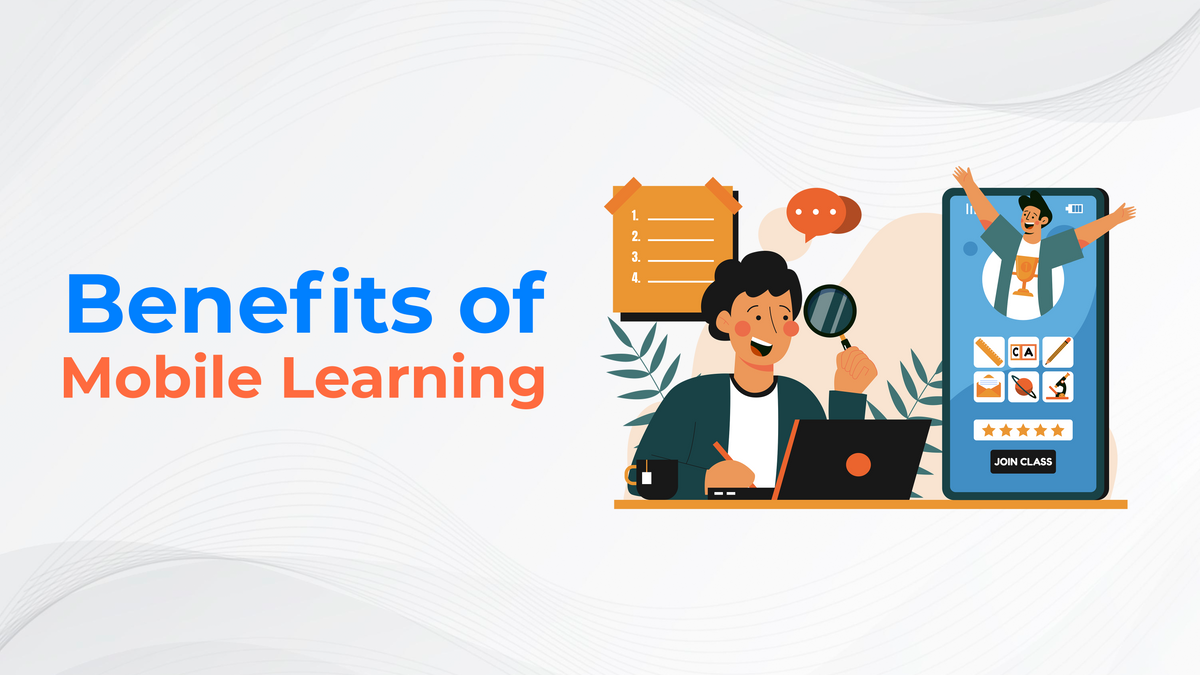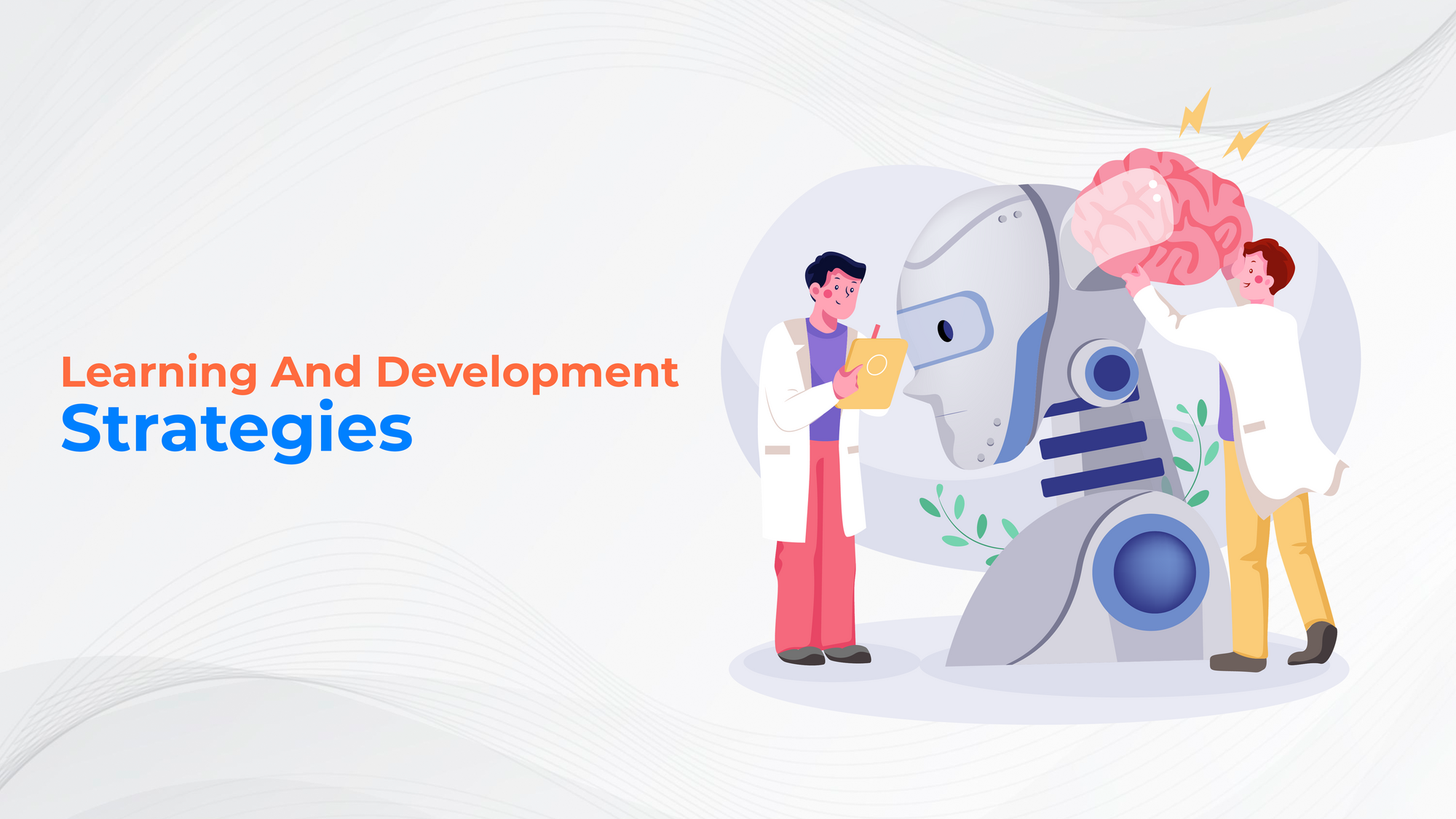What is mobile learning?
Mobile Learning is a type of learning that is done using mobile devices such as smartphones and tablets. It has become increasingly popular in recent years due to the fact that these devices are becoming more affordable, available, and capable. Mobile Learning can be used for just about any kind of learning from basic skills training to job-specific tasks, and even complex academic courses.
The idea behind Mobile Learning is that it allows learners to access information on their own time, in their own environment. This makes it easier for those who have difficulty attending traditional classroom settings or those who like to learn at their own pace. In addition, Mobile Learning also enables learners to access materials anywhere they have an internet connection, making it possible to continue learning while traveling or away from home.
1. Flexibility
Mobile learning is one of the most popular forms of education and career development in today's digital age. As technology continues to evolve, so does the need for more flexible learning solutions that can accommodate different schedules, lifestyles, and learners’ preferences.
Flexible mobile learning allows students to access educational content from anywhere, at any time, and on any device. Through mobile apps, digital textbooks, and video conferencing tools, educators can now provide instruction outside of the traditional classroom setting while still delivering a high-quality learning experience. Mobile technologies also allow students to easily collaborate with each other on projects while they are away from their desks or classrooms. This type of flexible learning has become increasingly important as many students have faced disruptions in their education due to COVID-19 pandemic-related closures or travel restrictions.
2. Accessibility
Mobile learning has become an increasingly popular education option for students, providing far more flexibility than traditional classroom learning. It is essential, however, that mobile learning be accessible to as many people as possible. This means taking extra steps to ensure the content and technology used in mobile education are user-friendly and available to those with disabilities or other access needs.
When designing a mobile learning program, accessibility should be top of mind. This includes ensuring the platform works on all devices and can accommodate various assistive technologies. Additionally, the content should include alternative formats such as closed captioning or audio files for those with hearing impairments or vision problems. Content should also be designed so that it can be easily interpreted by screen readers and other assistive technologies. By making these considerations during the design process, educational institutions can help make their mobile programs more inclusive of all learners.
3. Cost Effective
Mobile learning is an effective and cost-efficient way for both students and educators to learn online. It requires minimal setup since it does not require a physical classroom or desktop – all that’s needed is a smart device like a smartphone or tablet. Mobile learning enables users to access educational content, collaborate with peers, take assessments, and more.
Not only is mobile learning convenient compared to traditional in-person learning methods, but it can also save money in the long run. With no need to invest in computers or equipment, mobile devices can be used by multiple people at once; they are easily transportable, meaning teachers can continue their lessons even when away from their physical classrooms; less energy is used and there are less costs associated with maintenance and repair.
4. Adaptability
Mobile learning is increasingly important for businesses to be able to remain competitive in the ever-evolving digital landscape. In order for companies to stay ahead of their competition, they must have the ability to adapt quickly and efficiently. This is where mobile learning comes into play – offering an effective way of providing employees with up-to-date training without having to take them away from their core job roles.
Adaptability is an integral part of mobile learning. Companies need to be able to quickly adjust their content and delivery methods in line with changes in technology so that their employees can keep on top of the latest trends and updates. Mobile platforms allow organizations to do this easily and quickly; ensuring that employees are kept informed about new skills or information that could benefit their performance or career development.
5. Engagement
Mobile learning is transforming the way that students engage with their studies. By utilizing a combination of mobile devices, such as tablets and smartphones, students are able to interact with content in new and innovative ways. This engagement has opened up a range of opportunities for both educators and learners alike.
With the evolution of mobile learning, teachers are now able to provide students with an interactive and personalized learning experience by leveraging the power of technology. Mobile devices can be used to create compelling educational materials, facilitate online collaboration between peers, offer assessments and feedback on student progress, as well as provide access to real-time data analysis. Through these tools, students can become more actively engaged in their own learning journey while also gaining valuable insights into their academic performance.
6. Knowledge Retention
Mobile learning is an emerging trend in the educational system. It’s a great way to access information quickly, and it allows for interactive learning experiences. Despite its benefits, mobile learning does come with some drawbacks, particularly when it comes to knowledge retention. Research suggests that the traditional classroom setting is still the most effective way to retain information.
Studies have found that learners are more likely to remember material if they learn through instructor-led instruction or group study sessions than when they learn through mobile devices alone. However, there are steps educators can take to boost knowledge retention while using mobile learning as part of their curriculum. For example, teachers can incorporate multimedia elements into their lessons and use spaced practice techniques to reinforce memorization skills.
Conclusion: Benefits of Mobile Learning
Mobile Learning in BrainCert offers an exciting opportunity to expand the learning experience and reach more learners. This powerful platform has been designed with the user in mind, providing a comprehensive suite of tools to rapidly create and deliver courses. It also enables organizations to increase learner engagement with interactive quizzes, videos, and other activities for a truly modern learning experience. By leveraging the power of mobile technology and BrainCert’s digital learning suite, organizations can become leaders in e-learning innovation.










